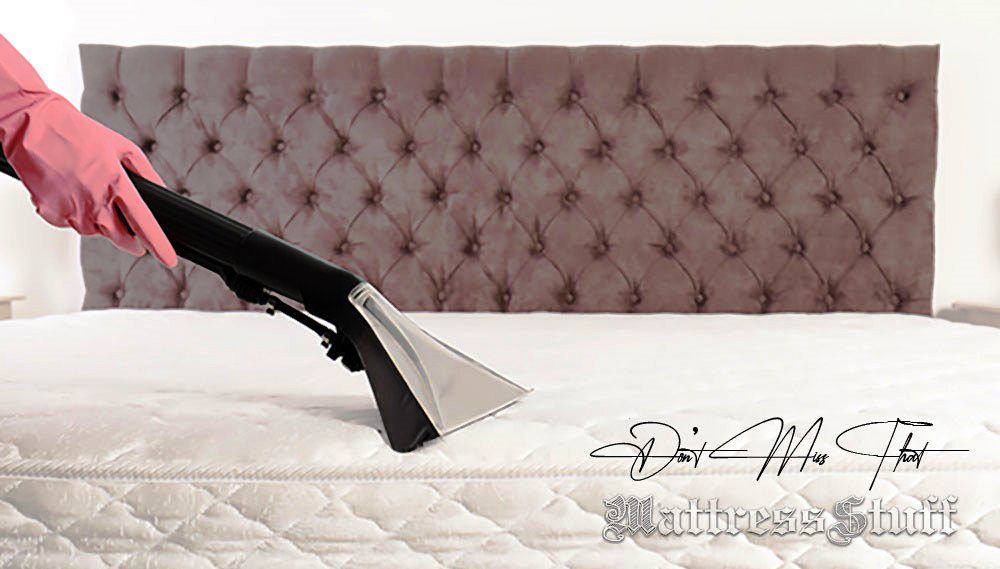
Table of Contents
Introduction
When it comes to getting a good night’s sleep, the comfort of your mattress is essential. One of the most important components of a comfortable mattress is the comfort layer, which sits directly on top of the support layer.
The comfort layer is responsible for providing the cushioned feel and pressure relief that ensures a good night’s sleep.
This article will explore the different types of comfort layers available, including memory foam, latex, wool, and cotton, as well as the importance of comfort layer thickness and density.
Types of Comfort Layers
Memory Foam
Memory foam is a popular choice for comfort layers due to its ability to conform to the shape of the body, providing excellent pressure relief and support. It is also known for its ability to evenly distribute weight, which can help reduce pain and discomfort.
Latex
Latex is another popular choice for comfort layers, as it is naturally hypoallergenic, dust mite-resistant, and mold-resistant. It is also very durable and provides excellent support and pressure relief.
Wool
Wool is a natural and breathable material that is often used as a comfort layer. It is also naturally flame-resistant and hypoallergenic.
Cotton
Cotton is a common choice for comfort layers due to its breathability and softness. It is also a natural and hypoallergenic material.
Comfort Layer Thickness and Density
The thickness and density of a comfort layer can also play an important role in determining the overall comfort of a mattress.
A thicker comfort layer can provide more cushioning and pressure relief, while a denser comfort layer can provide more support.
Conclusion
When it comes to getting a good night’s sleep, the comfort of your mattress is essential.
The comfort layer is one of the most important components of a comfortable mattress, and it’s important to understand the different types of comfort layers available, including memory foam, latex, wool, and cotton, as well as the importance of comfort layer thickness and density.
Ultimately, the right comfort layer for you will depend on your personal preferences, sleeping habits, and any specific needs or concerns you may have.”







